
Climate change challenges our ability to leave behind the same park we inherited. Unlike other processes impacting the park, disruption of climate is truly global—greenhouse gases produced halfway across the world lead to rising temperatures deep in Yosemite’s wilderness. However, the park itself also produces over 22,000 metric tons of greenhouse gases every year. In 2006, park managers outlined strategies for reducing emissions for reducing emissions from transportation, electricity use, and waste management. National Park Service initiatives and partnerships continue to focus on these areas to reduce the park’s carbon footprint. In addition to changes in park operations, research, education, and connection are powerful tools in confronting climate change. Hydrologists, biologists, geologists, and other scientists work to better understand the changes we are witnessing. This research is shared by rangers and park partners on guided programs, raising awareness of changes in the park and the impacts of individual actions. For the four to five million people who visit each year, Yosemite offers a new perspective on the shared experience of global change. Sustainability initiatives in the park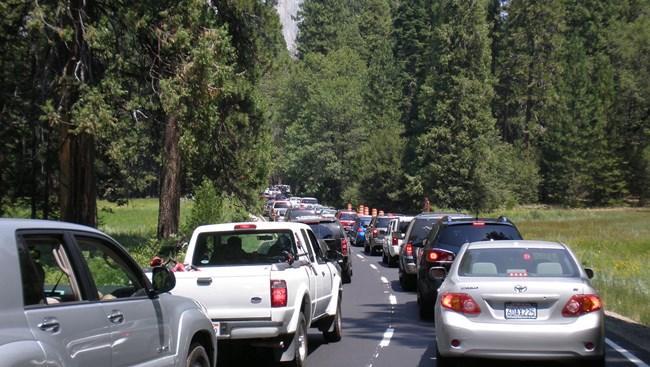
TransportationEvery year, visitors collectively travel over 80 million miles inside Yosemite. In addition to creating noise pollution, traffic congestion, and long lines to enter and exit the park, individual vehicles account for over 60% of the park’s carbon footprint. Park managers have worked to provide shuttle and bus options, which cut emissions while also alleviating traffic and parking challenges. Yosemite is proud to partner with the Yosemite Area Regional Transportation System (YARTS) in the longest-running public transportation partnership in a national park. YARTS buses provide service to and from communities outside all four park entrances on a seasonal basis. Tickets include free admission to Yosemite. Within the park, free shuttles provide access to Yosemite Valley destinations and the Mariposa Grove. As of 2020, 24 of these vehicles were diesel-electric hybrids while two were fully electric. Free shuttles also run to Badger Pass during the winter and a fee-based hikers bus serves high country trailheads during the summer. 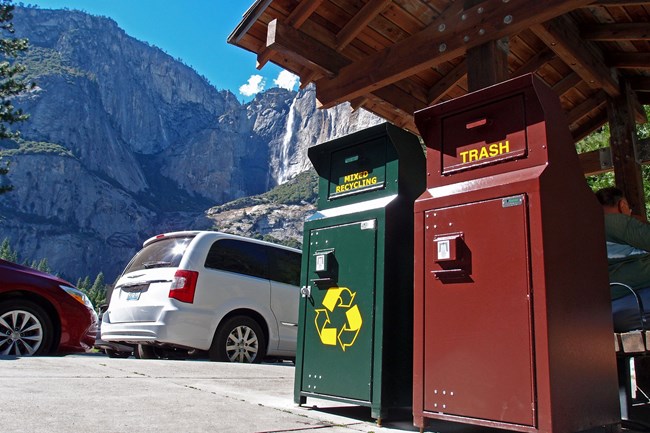
WasteGarbage isn’t something most people associate with national parks—but people throw away over 3,200 tons of trash in Yosemite every year. All waste produced in Yosemite, from food wrappers to discarded camping gear, must be transported by truck almost 50 miles (90 miles from Tuolumne Meadows) to the Mariposa County Landfill, multiplying the carbon emissions of a visit. In addition to landfill-bound refuse, Yosemite recycles almost 980 tons of glass, plastic, paper, cardboard, and other items every year. By reusing already-processed materials, manufacturers avoid the energy-intensive process of making new products from raw materials. These 980 tons of recyclables save over 2,800 metric tons of CO2 from entering the atmosphere every year. As part of Yosemite’s effort to tackle waste and related greenhouse gas emissions, the Zero Landfill Initiative has provided funding to improve trash and recycling infrastructure and education. However, even recyclables must still be transported 80–90 miles to sorting facilities in Fresno and Merced, where they are sent on to final destinations across the country. Reusable water bottles, eatware, containers, and camping gear have an even lower impact than recyclable products. 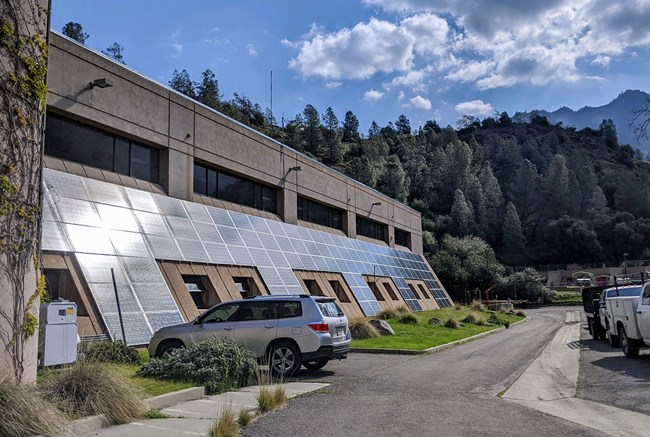
Green PowerYosemite’s electricity is provided by Pacific Gas and Electric (PG&E) and Southern California Edison (SCE). This power is generated from a combination of nuclear power, natural gas, and renewable sources including wind, geothermal, biomass, solar and hydroelectric facilities. Some renewable power, such as biomass burning, may still produce greenhouse gas emissions even though it’s not a finite resource like oil, gas, and coal. To decrease the carbon footprint of the park’s electrical supply, several arrays of solar panels were installed at the El Portal Maintenance Complex in 2010, producing more than 670,000 kWh of energy every year. Since installation, the panels have saved over 6,600 metric tons of carbon dioxide from entering the atmosphere. Concession sustainability initiativesYosemite’s lodges, hotels, and restaurants are managed by Yosemite Hospitality, a subsidiary of Aramark. Their sustainability initiatives include energy and water conservation in their facilities, local food sourcing, minimizing trash and excess packaging, and reducing vehicle fleet size. Please contact Yosemite Hospitality to learn more about climate-friendly initiatives and practices at Yosemite’s concession facilities. 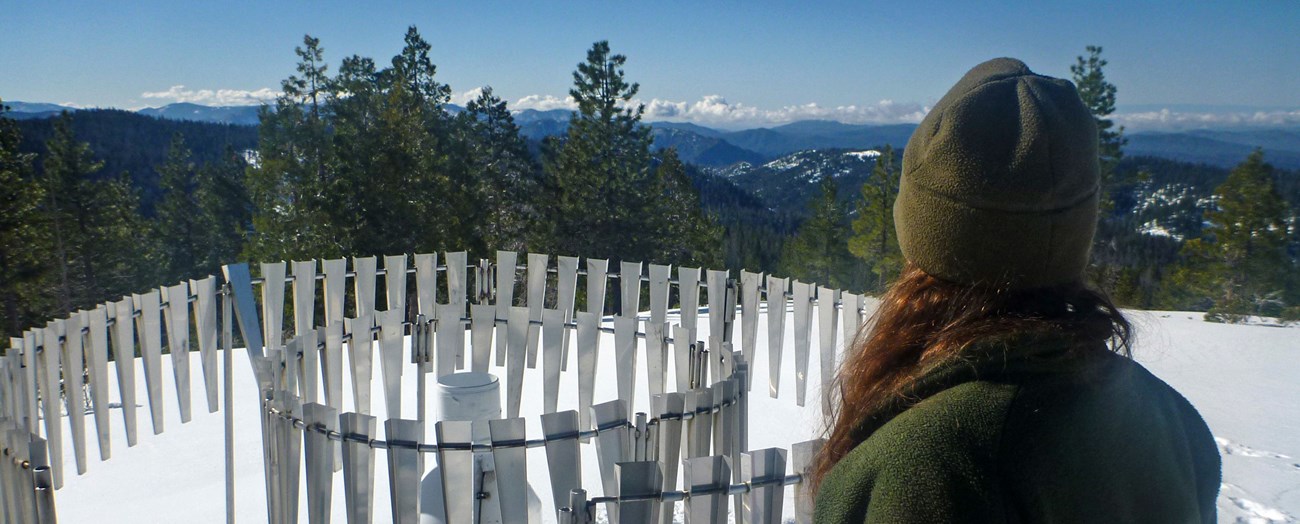
A living laboratoryUnderstanding environmental change is the first step in responding to it. For over 100 years, park staff and other researchers have monitored climate, water, snow, and ecosystems in Yosemite, providing valuable information that allows us to document and communicate ongoing shifts.
Many other studies have also contributed to our understanding of change in Yosemite’s ecosystems. To explore further, dive into the climate science of snowpack, fire, glaciers, forest health, and ecosystem shifts, or check out other research in the park. 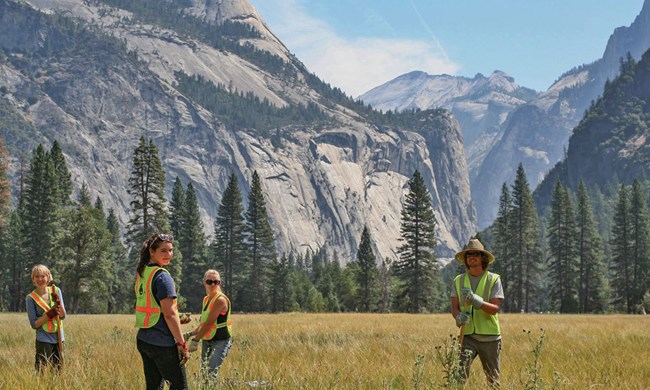
Building ResilienceAnother important role of park managers and resource specialists is to keep Yosemite’s ecosystems healthy, making them more resilient to the stress of climate change. Fire managers use prescribed burns and managed wildfires to restore historic forest density after over a century of fire suppression. Meanwhile, invasive plant management teams work to remove non-native plants from ecosystems, allowing native species to thrive without competition. Restoration crews return native species to habitats that have been damaged by overuse, development, or invasive species. Together, this work serves to keep Yosemite’s living communities strong and resistant to damage from climate change and other environmental threats. Teaching and learningAs a global community, our power to respond to a changing climate change lies in our ability to connect. Millions of people visit the park each year, developing a connection to place that can last years, or generations. However, transitions in the landscape can be invisible to people visiting for the first time. By sharing current science, rangers and park partners seek to begin conversations about the meaning of change in public lands—places preserved by and for all who come. 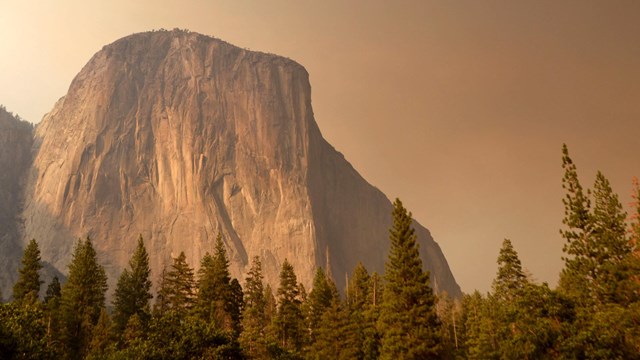
Climate Change in Yosemite
What does it mean to conserve and protect a place during a time of large-scale environmental change? 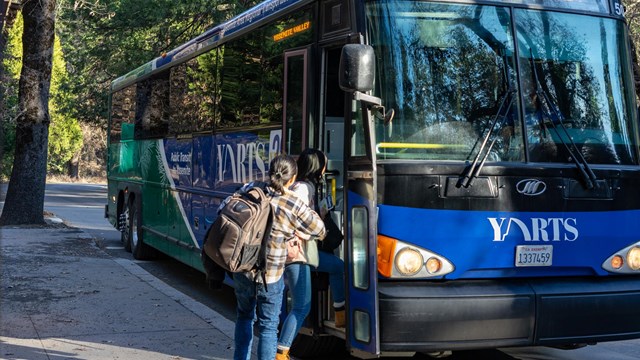
What can we do?
Simple choices can change the environmental impact of your trip to Yosemite. How can we shrink the carbon footprint we leave behind? 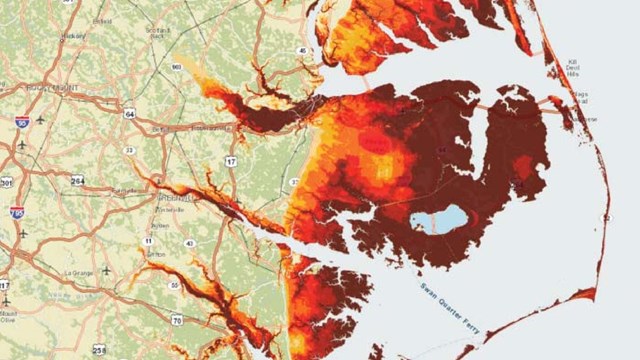
Climate Change and the NPS
Learn more about the impacts of climate change in national parks and protected places across the country. |
Last updated: July 9, 2024
